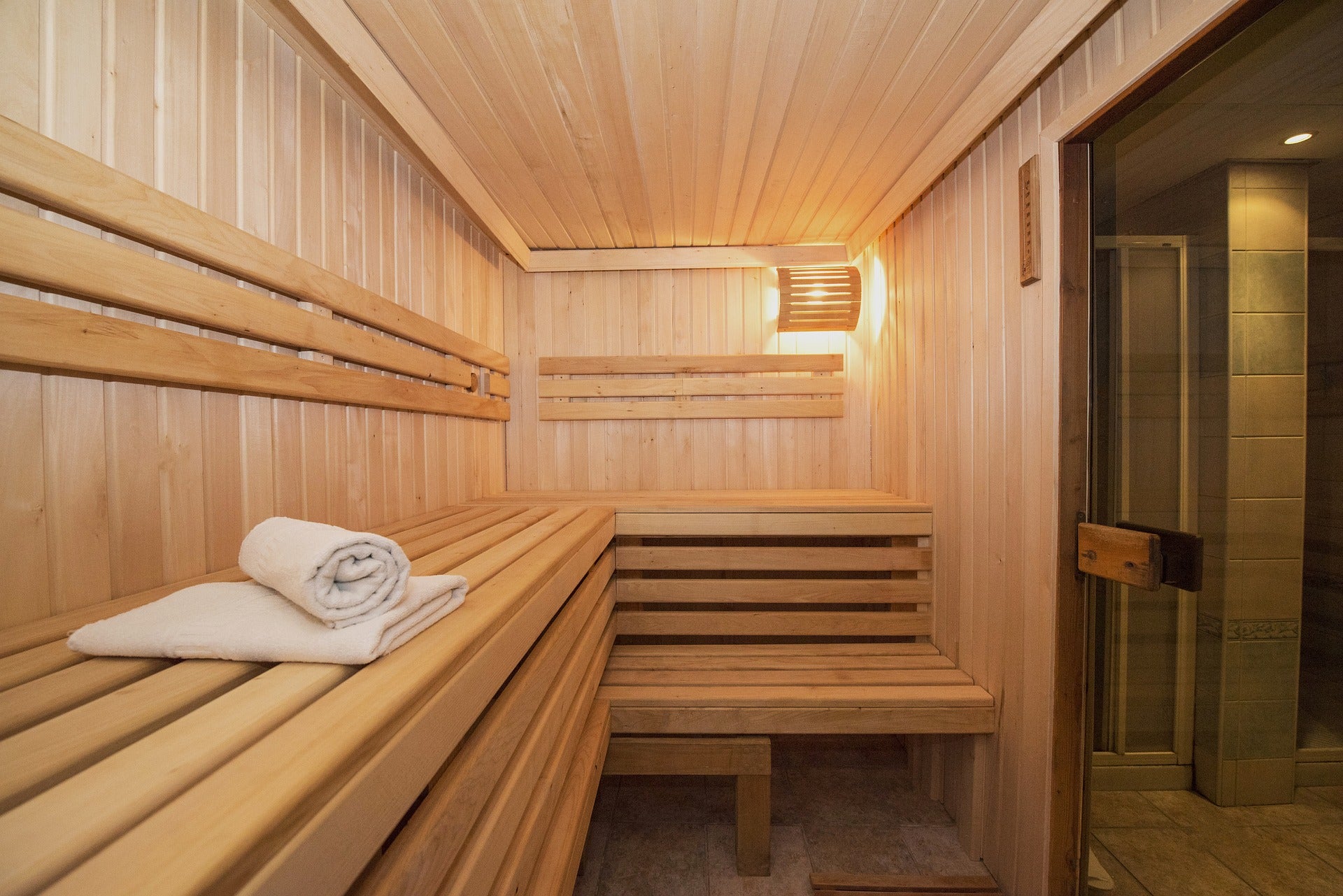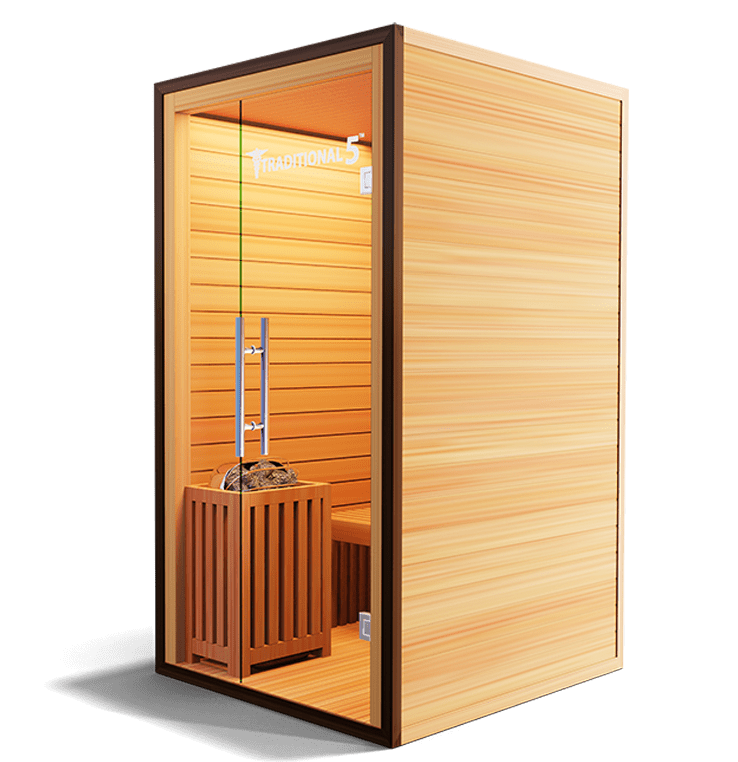The Basic Principles Of Traditional Sauna
The Basic Principles Of Traditional Sauna
Blog Article
Some Of Traditional Sauna
Table of ContentsWhat Does Traditional Sauna Mean?Traditional Sauna - The FactsGetting My Traditional Sauna To WorkFacts About Traditional Sauna Uncovered4 Easy Facts About Traditional Sauna Shown
The majority of the weight lost in a sauna is water loss and is re-gained upon rehydrating. Nevertheless, undoubtedly sauna can be a fundamental part of a healthy and balanced weight management program. To look at the distinctions in between typical and IR saunas, I will certainly separate these right into proven, theoretical, and made differences.Hence, the most popular factor in the saunawhich is at the ceiling directly above the sauna heateris normally between 185 and 190 F. Claims that a conventional sauna exceeds 200 F is simply not real and not appropriate for electrical saunas offered in the US. The temperature for a far-infrared sauna is generally set in between 120 and 140 F; nevertheless, unlike the standard sauna, the goal in and IR area is not to accomplish a heat.
Since of this, the temperature level difference is nearly unimportant, given that excessive sweating causes both sauna types, yet the method of heating up the body is various. In an IR sauna the bather will really feel warm and will sweat a lot, yet at much lower temperature levels (Traditional Sauna). Thus, if the objective is to invest longer periods of time in the sauna, the IR sauna is an excellent option
When a traditional sauna has been properly warmed, the sauna walls are cozy, the air temperature has actually achieved established temperature level and the rocks are super warmed. As a fascinating side note, the warmed walls and the rocks are releasing far-infrared warmth, combined with the heated air, to develop an "wrapping up warm".
Traditional Sauna for Beginners

When the heat is attained, the components cycle on and off to keep the heat. Many traditional sauna customers appreciate putting water over the rocks to produce heavy steam to increase sauna humidity levels. The benefits of putting water over the rocks consist of: making the area more comfy, dampening the nasal flows, and allowing the use of aromatherapy by mixing necessary oils with the water.

When the power goes into the body, it causes the body temperature level to enhance and ultimately leads to perspiration. In an infrared sauna it is very important for the emitters/heaters to remain on virtually regularly. Since there is no mass of rocks to maintain heat, the sauna will certainly cool down if the emitters shut down.
As stated above, the sauna bather in an infrared space intends to place himself before operating emitters to get optimal take advantage of the warmth. The home heating time for both rooms can be really various, depending upon exactly how the areas are used. For a standard sauna, a bather needs to permit 30-40 mins for the area to accomplish a wanted temperature and to correctly pre-heat the rocks.
The Main Principles Of Traditional Sauna
A well constructed sauna will usually achieve official site a temperature level of link 150-160 F in about 30-40 mins. For hotter temperatures, the space may require to warm for a longer period. Once the space attains established temperature, the heating system will cycle on and off, generally running regarding 50% of the moment. The shielded wall surfaces and the warmed rocks will keep the area hot and at steady temperatures.

Traditional saunas often tend to be bigger (hence use more electrical energy) than infrared saunas, although traditional saunas are absolutely offered in one and two person sizes. For a two-person conventional sauna, 5x6 or 5x7 dimension is most preferred. The leading bench can conveniently seat two or 3 individuals and is likewise enough time to rest during the sauna session.
The Ultimate Guide To Traditional Sauna
The average expense per kWH of electrical energy in the united state is approximately $0.11, so a 4.5 kW heating system will cost around $.50 to compete one hour, if the heater runs constantly for one hour. Generally a sauna heater will run for 75% of the first hour and 50% of subsequent hours on because the browse this site aspects cycle once the set temperature is achieved.

There is a rarely talked about difference in the social experience in between the two spaces. While our culture has lost several of the social benefit of the standard sauna experience, it can be really socially gratifying (Traditional Sauna). From family members time in the sauna, to heart-felt conversations with better halves, to sauna partiesthe traditional sauna experience can bring about intimate interacting socially
The 7-Second Trick For Traditional Sauna
Many greater end infrared spaces consist of colored light treatment, audio systems and full-glass fronts.
Report this page